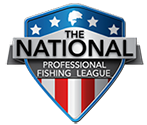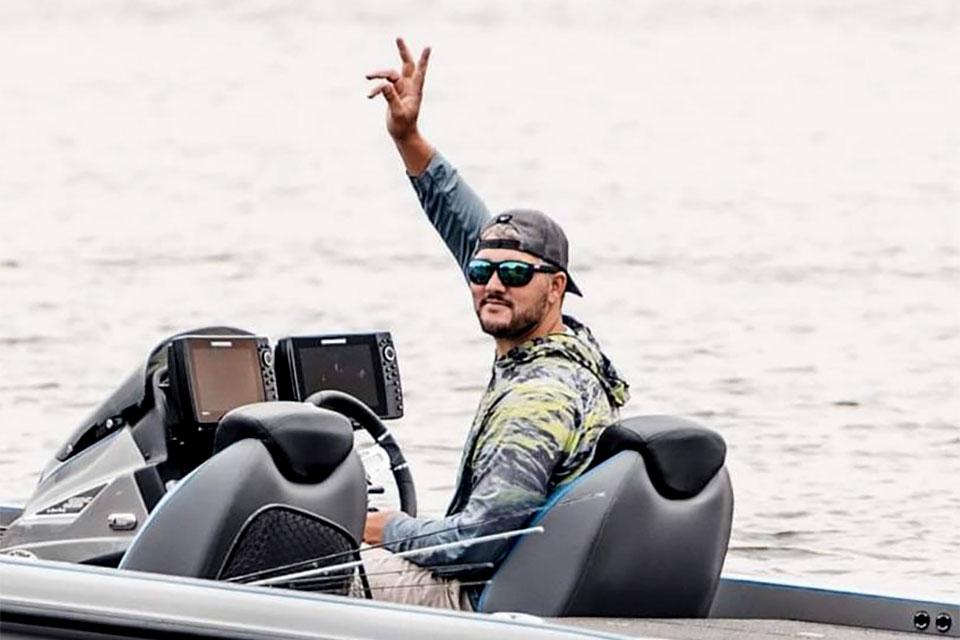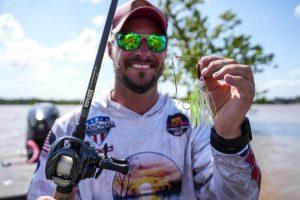Story by Corey Casey | Photos by Tanner & Travis Lyons
When those first cold mornings roll around and you step outside bundled up in a hoodie and jacket, it’s easy to think bass season is winding down. Your breath hangs in the air, your hands are cold, and it feels like winter is knocking on the door. But here’s the truth that every serious bass angler should remember—just because the air is cold doesn’t mean the water is. And on lakes like Santee Cooper or the Cooper River, that difference can mean the difference between putting the boat on plane for a banner day or heading home empty-handed.
Air and Water Don’t Cool the Same
This time of year, I see a lot of people hang up their topwater rods too early. They feel that chill in the air and immediately start slowing down, switching to bottom baits or finesse presentations. But the reality is that water temperature doesn’t drop nearly as fast as air temperature does.
Water has a much higher heat capacity, meaning it holds onto warmth long after the air has cooled off. So, while you might be fishing in 40-degree air, that water could still be in the mid to upper 60s—and that’s prime feeding range for active bass.
If you pay attention to your electronics, you’ll often be surprised at how slowly the water temperature falls. A few cold nights might make you reach for gloves, but that surface temperature might still be several degrees higher than you expect. That’s why I always tell people: don’t fish based on what the air feels like—fish based on what the water is telling you.
The Fall Feeding Window
Fall is one of my favorite times to fish, especially around the grass lines and hard cover on Santee Cooper. As the days shorten, bass start feeding heavily, packing on weight before winter sets in. They’re chasing shad, bluegill, and anything else they can ambush in those shallower areas.
This is when topwaters and fast-moving baits really shine. I’ve had mornings where it’s 38 degrees at daylight, and I’m bundled up like it’s January, but the first cast with a Berkley Drift Walker or popper brings a fish blowing up through the surface like it’s summer again. That’s because those fish are still keyed in on active prey.
On Santee and the Cooper River, where the water stays warmer longer, bass can stay shallow and aggressive deep into the fall. As long as the water temps are holding in that mid-60 range—even upper 50s—you can get some of the best topwater action of the year.
My Magic Number: 55 Degrees
Over the years of fishing full time on Santee Cooper and the Cooper River, I’ve come to find what I call my “magic number”—55 degrees. If the water is 55 degrees or higher, I’ll always have a topwater tied on and will be mixing it into my rotation throughout the day.
That’s the point where I still have confidence that bass will rise up and commit to a surface strike. Below that, the bite can start to get more inconsistent, but right at or above 55, those fish are still willing to chase down something moving fast.
It’s a simple rule that keeps me honest and prevents me from putting those topwaters away too early. Even when I’m layered up and it feels like winter, if I look down and see that water temp sitting at 56 or 57, I know I’ve got a shot at a few explosive strikes.
Reading the Water, Not the Weather
The biggest mistake I see people make is assuming that because they’re cold, the fish must be too. But bass don’t react to air the way we do. They live in water, and until that water cools enough to slow their metabolism, they’re still going to eat.
I like to watch for trends. If the air temperature drops hard for a few days but the water is still holding steady, that’s when I know I can keep throwing fast-moving baits. The bass may pull slightly deeper or adjust their strike zones, but they’re not shutting down.
Now, if we get a long stretch of cold weather—say a week or more—and that water starts dipping into the low 50s, that’s when I’ll start thinking about slowing down. But in early to mid-fall, when the nights are cold but the sun still warms the water through the day, topwaters and ChatterBaits can still be your best friends.
Confidence and Observation
One thing fishing full-time has taught me is that confidence plays a huge role in success. If you believe the cold air means the fish won’t bite, you’ll fish like they won’t bite. But if you trust what you’re seeing—bait flicking in the grass, bass chasing on the surface, or that graph showing good water temps—you’ll stay committed to those high-percentage presentations.
I’ve had some of my best topwater days when most people were cranking or dragging jigs. Those early morning blowups on a chilly day remind you just how unpredictable and exciting fall fishing can be.
Final Thoughts
As you bundle up this fall and step into that brisk morning air, don’t let it fool you into slowing down too soon. Keep your eyes on the water temperature, not the thermometer on your truck. As long as the water’s still holding warmth—especially 55 degrees or higher—those bass are still in feeding mode, and they’ll still crush a topwater or chase down a ChatterBait with all the aggression of midsummer.
Fall fishing is about timing, confidence, and paying attention to the right details. Trust your experience, not just your comfort level. The air might say “cold,” but the water might still be whispering, “they’re biting.”
Corey Casey – Angler Profile





